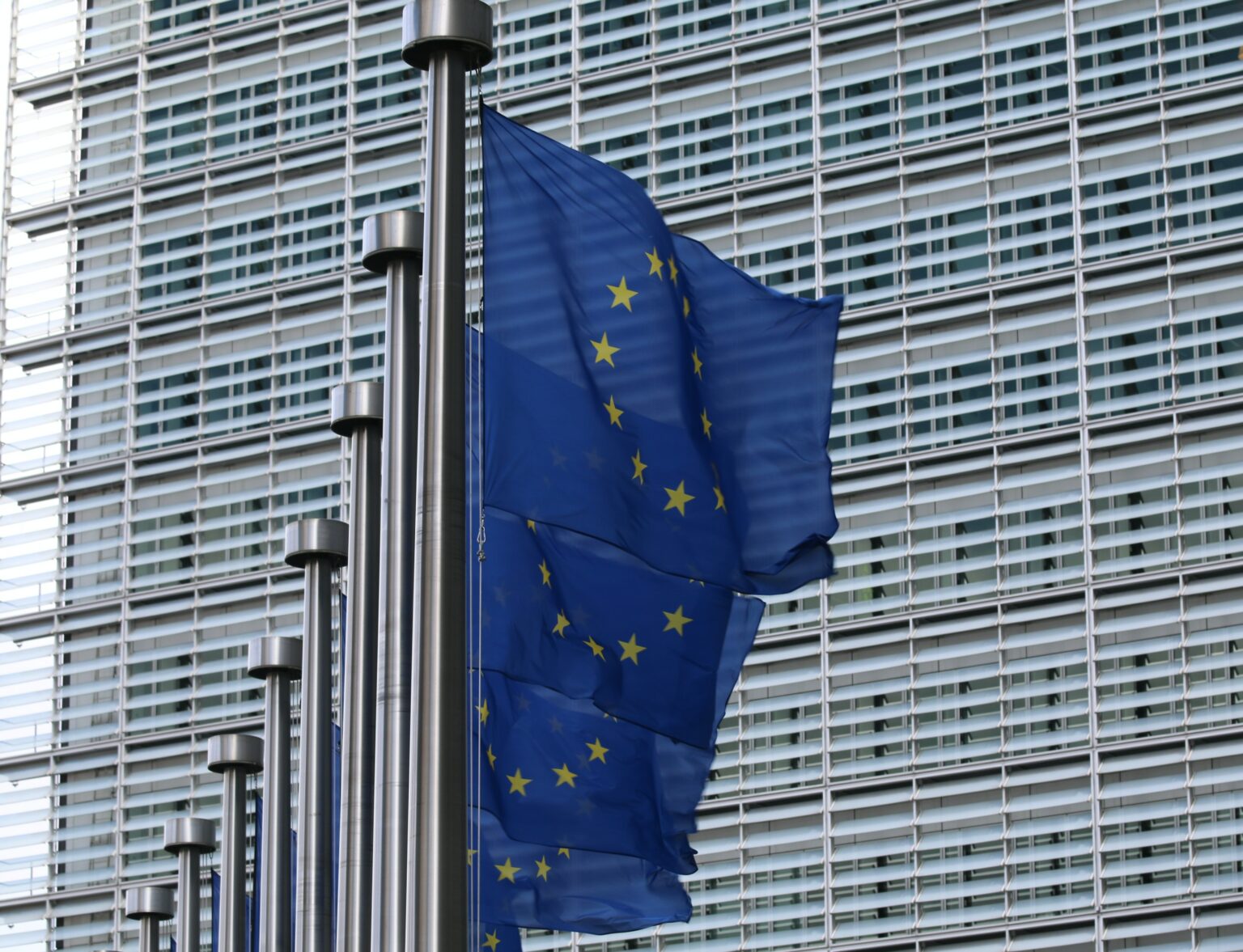The European Commission’s recent announcement of €720 million in funding for seven renewable hydrogen projects marks a significant milestone in Europe’s transition to cleaner fuels.
The European Hydrogen Bank aims to accelerate the production of renewable hydrogen within Europe by bridging the price gap between production costs and market prices. Through competitive bidding, the selected projects will receive subsidies to boost renewable hydrogen production, thereby facilitating the decarbonization of key industries.
Out of 132 bids, seven projects were selected based on their proposed production volume, emission reduction potential, and bid price. These projects, spanning four European countries, plan to produce 1.58 million tonnes of renewable hydrogen over ten years, significantly mitigating CO2 emissions.
The subsidy awarded to the selected projects ranges from €8 million to €245 million, reflecting the diverse scale and scope of each initiative. These projects will cater to industries such as steel, chemicals, maritime transport, and fertilizers, underscoring the broad applicability of renewable hydrogen across sectors.
In addition to EU-level support, Germany has allocated €350 million in national funding for projects that narrowly missed EU-level qualification. This “Auctions-as-a-service” mechanism enables Member States to leverage the EU auction platform for national funding, promoting broader participation in renewable hydrogen initiatives.
The selected projects will proceed to finalize grant agreements with the European Climate, Infrastructure, and Environment Executive Agency (CINEA) by November 2024. With production expected to commence within five years, these projects signal a tangible step towards scaling up renewable hydrogen production in Europe.
The European Hydrogen Bank’s inaugural auction underscores the EU’s commitment to fostering innovation in clean energy technologies. As the hydrogen energy sector continues to evolve, initiatives like these play a crucial role in driving sustainable growth and reducing carbon emissions.
